America has “American-ized” just about every type of cuisine out there. Italian food is no exception, even though it seems like we all have a good understanding of traditional Italian fare. It’s all pizza and pasta, right? If you base your standards of Italian food on American chain restaurants that try to recreate it, you probably have some misconceptions about how the people of Italy really eat. Here are 8 misconceptions Americans tend to have about Italian food, inspired by lessons from Italian food producers themselves.
1. Spaghetti and meatballs are as Italian as it gets

Photo by Mireille Heidbreder
If you ever travel to Italy, you will never find spaghetti and meatballs on a restaurant’s menu. This dish is an American recreation that brings together elements of Italian cuisine. In traditional Italian dishes, all pastas serve a purpose based on their size and shape. Spaghetti would never be paired with meatballs, as it’s impossible for thin pasta to hold meatballs.
2. And so is Chicken Parm
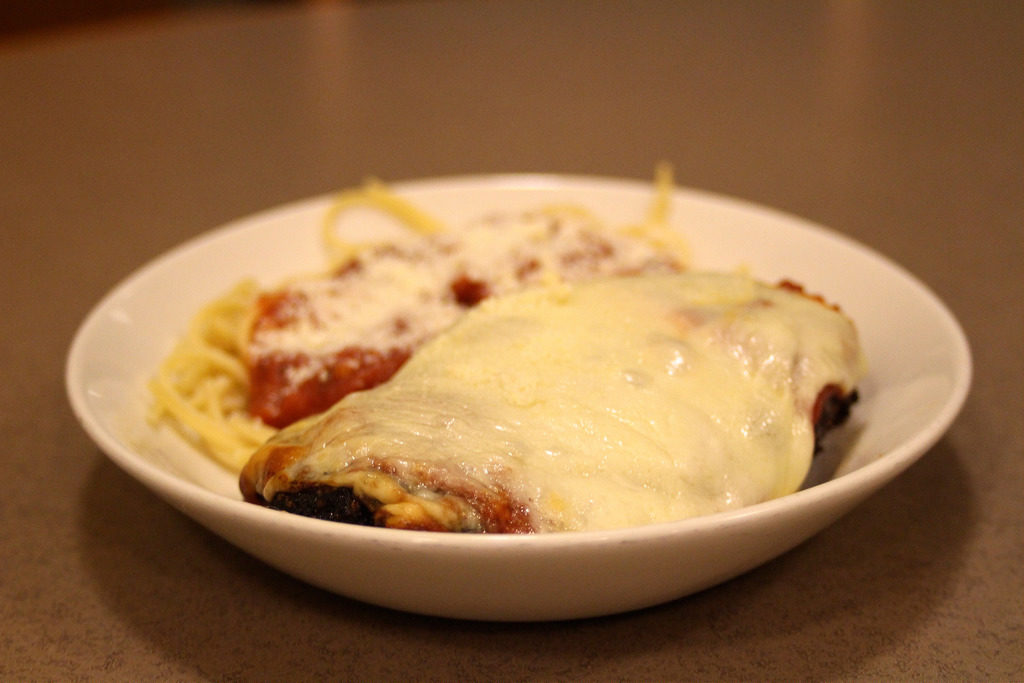
Photo by Celeste Holben
When asked, many Italian cooks couldn’t list the ingredients in this dish. It probably came about just like spaghetti and meatballs, by combining popular Italian cuisine elements. Don’t expect to find this dish on a menu if you ever find yourself in Rome.
3. Espresso is the drink of choice

Photo courtesy of Epicantus on flickr.com
If you order an espresso in America, you’ll be given a small shot of intense coffee. Probably exactly what you’d expect. Do this in Italy, and you may be given a blank stare. Espresso is not a drink, but a method of extracting coffee. Instead, Italians order a “caffe” to get their shot of the strong stuff. By the way, if you’re not drinking your espresso like a shot, you’re doing it completely wrong.
4. Cappuccinos all day, every day

Photo by Katie Fletcher
Don’t worry, I’m not about to tell you that cappuccinos are not Italian. You’ll definitely find plenty of natives sipping on this coffee and milk combination early in the morning. But it’s a common belief in Italy that warm milk shouldn’t be consumed late in the day or after a meal. Many believe that drinking warm milk makes you feel too heavy after eating a meal. This beverage is most often consumed earlier in the day.
5. Pasta is pasta
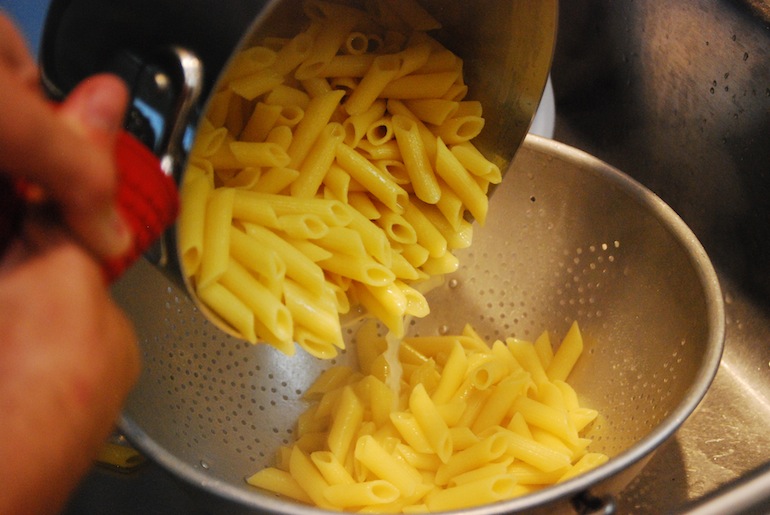
Photo by Judy Holtz
Not all pastas are created equal. If you’ve ever had homemade pasta, you know it in no way compares to anything that comes out of a box. Even in Italy, pastas can differ based on the ingredients abundant in specific regions. Northern regions in Italy tend to make their pasta with white flour and egg yolks in a one to one ratio. The southernmost regions of Italy make their pasta with only semolina and water. Different types and ratios of ingredients lead to different flavors and textures of pasta in the different regions.
6. Pizza is everywhere
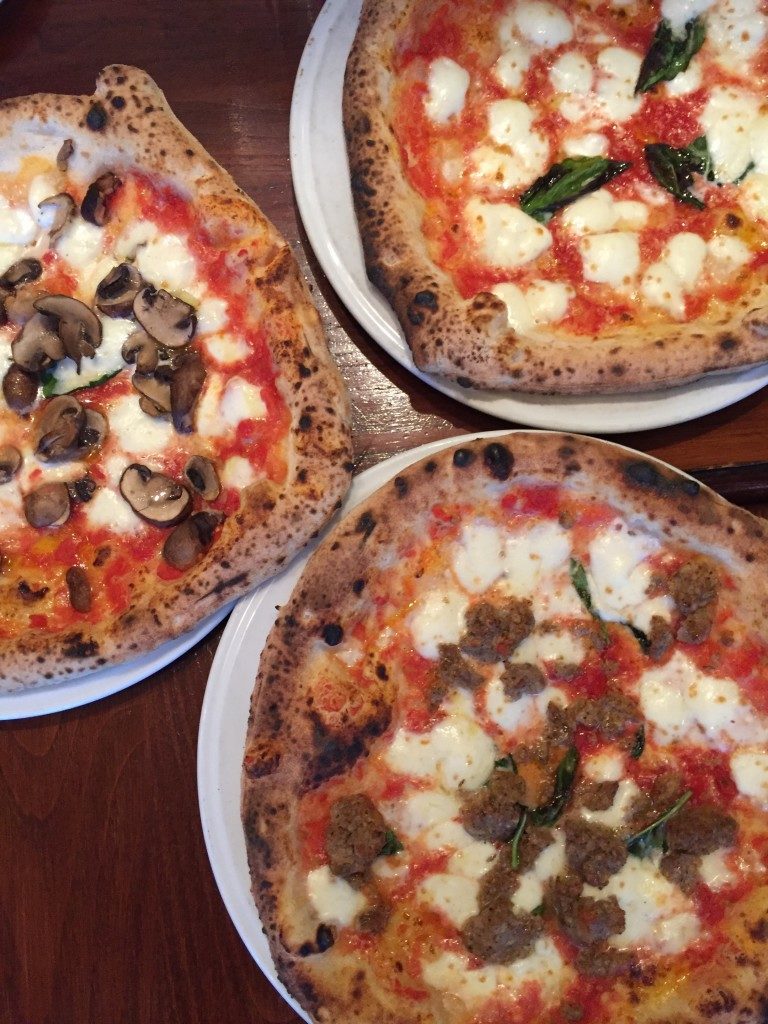
Photo by Jaclyn Puccini
It might surprise you that there are many parts of Italy without pizza joints around every corner. Pizza is believed to have originated from the southern and central parts of Italy. Outside of these regions, it can sometimes be difficult to find a place to enjoy a slice of your favorite pie.
7. It’s the land of parmesan
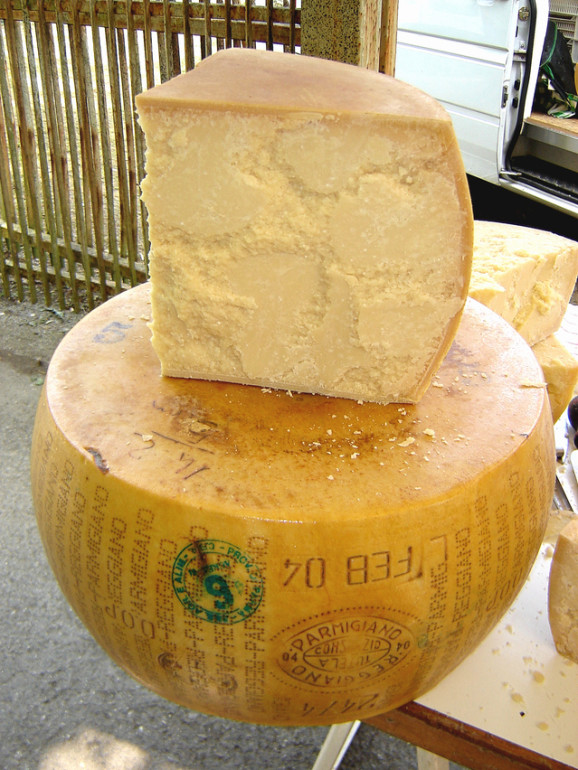
Photo by Gabriella Fabbri
I used to think that all Parmesan was the same, and everyone that called it Parmigiano-Reggiano was just trying to sound fancy and show off. Turns out, the name Parmigiano-Reggiano has a lot more meaning behind it. The name, production, and sale of Parmigiano-Reggiano cheese is actually protected by a cheese Consortia (it’s a sort of government branch that regulates the cheese). It must be produced in specific regions of Italy under specific conditions in order to earn the name. A cheese by any other name is merely an American wannabe.
8. Gelato is healthy ice cream
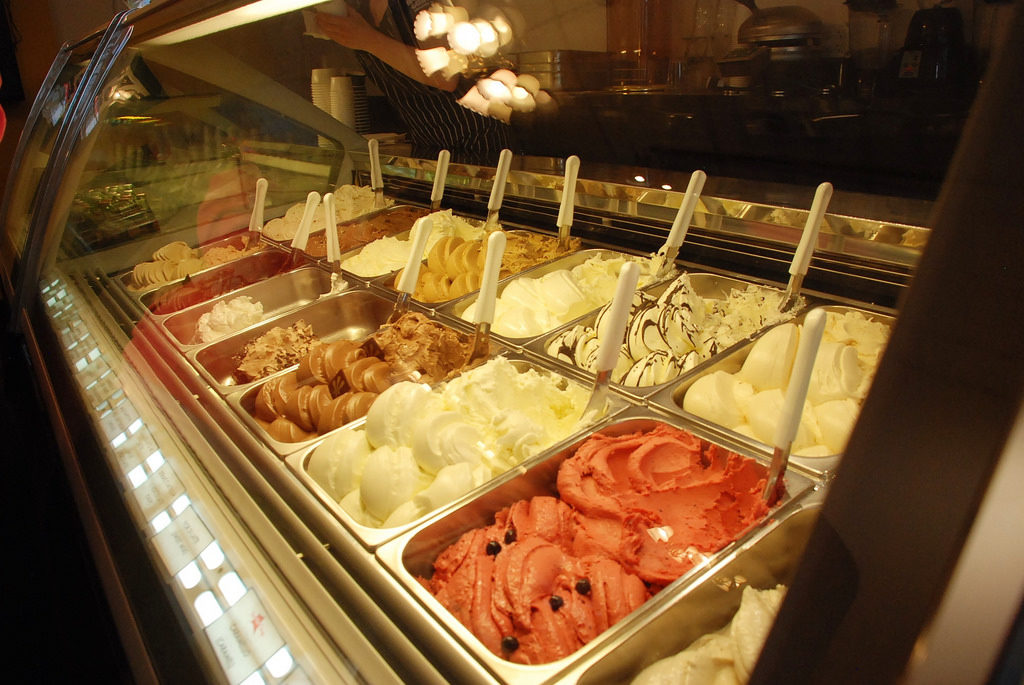
Photo by Katelyn Jones
This Italian frozen dessert is different from its American counterpart in that it uses more milk, less cream, no eggs, is churned at a lower speed, and is served at a warmer temperature. Ounce for ounce, it typically contains fewer calories, fat, and sugar than ice cream. However, gelato is much denser than ice cream. A scoop of gelato usually weighs more than a scoop of ice cream. So I’m sorry to break it to you, but your typical scoop of gelato is probably not that nutritionally different from a scoop of ice cream.
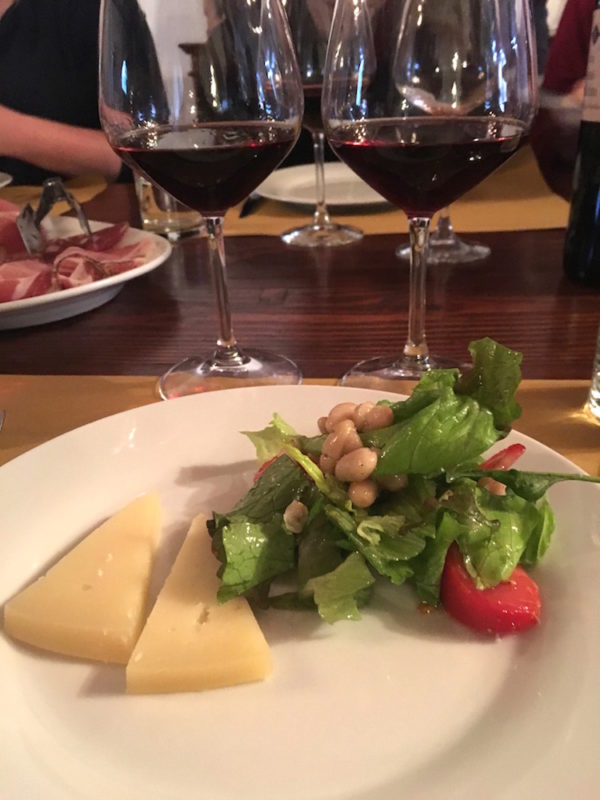
Photo by Elena Bailoni
One thing you can be certain of when sharing a meal with a true Italian is that your glass will always be full of the perfect wine pairing for your meal. The amazing hospitality of this country is evident in their pours and portion sizes. Whether you are enjoying tortelli in Tuscany or bruschetta in the comfort of your own home, the centuries of love that has developed in Italian cooking are evident in all their authentic cuisine.




